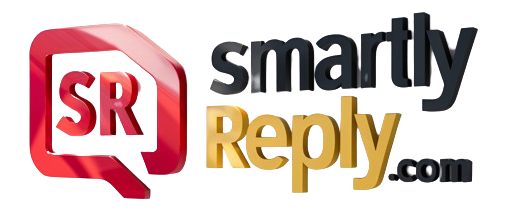Last Updated on August 25, 2024 by Admin
When you’re introduced to someone new, there are various ways to express that it’s a pleasure to meet them. Here are 20 alternative phrases to “Nice to meet you,” each with a definition and examples.
1. “Pleasure to Meet You”
Definition: Expressing a pleasure or enjoyment in making someone’s acquaintance.
Example: “It’s a pleasure to meet you. I’ve heard great things about you.”
2. “Great to Meet You”
Definition: Indicating that meeting the person is a positive experience.
Example: “Great to meet you! I’m looking forward to working together.”
3. “Nice to Make Your Acquaintance”
Definition: A formal way of saying it’s pleasant to meet someone.
Example: “Nice to make your acquaintance. I hope we can collaborate effectively.”
4. “Happy to Meet You”
Definition: Expressing happiness and pleasure at the meeting.
Example: “Happy to meet you! I’m excited to get started on the project.”
5. “It’s a Delight to Meet You”
Definition: Indicating that meeting the person is a delightful experience.
Example: “It’s a delight to meet you. I’ve been looking forward to this meeting.”
6. “Wonderful to Meet You”
Definition: Expressing that meeting someone is a wonderful experience.
Example: “Wonderful to meet you! I’ve heard so much about your work.”
7. “So Nice to Meet You”
Definition: A casual way of expressing that meeting someone is pleasant.
Example: “So nice to meet you! I’m glad we could connect today.”
8. “I’m Pleased to Meet You”
Definition: Conveying that you are pleased with the introduction.
Example: “I’m pleased to meet you. Your reputation precedes you.”
9. “Glad to Meet You”
Definition: Showing that you are happy to have met the person.
Example: “Glad to meet you. I’m eager to hear more about your background.”
10. “It’s a Joy to Meet You”
Definition: Expressing that meeting someone brings you joy.
Example: “It’s a joy to meet you. I’ve been looking forward to this introduction.”
11. “Nice to Finally Meet You”
Definition: Used when you’ve previously heard about or communicated with the person but are meeting them in person for the first time.
Example: “Nice to finally meet you. I’ve enjoyed our email exchanges.”
12. “Lovely to Meet You”
Definition: A warm and friendly way of expressing that it’s a pleasure to meet someone.
Example: “Lovely to meet you. I’m excited about the potential for collaboration.”
13. “I’m Excited to Meet You”
Definition: Indicating eagerness and enthusiasm about the introduction.
Example: “I’m excited to meet you. I’ve heard such positive things about your work.”
14. “It’s an Honor to Meet You”
Definition: Expressing that meeting the person is a privilege.
Example: “It’s an honor to meet you. Your achievements are truly inspiring.”
15. “Nice to See You”
Definition: A casual way to express pleasure in seeing someone.
Example: “Nice to see you! It’s great to finally put a face to the name.”
16. “Pleased to Make Your Acquaintance”
Definition: A formal way to express pleasure in meeting someone.
Example: “Pleased to make your acquaintance. I’m looking forward to our discussion.”
17. “Nice Meeting You”
Definition: A straightforward and friendly way to express that meeting someone was pleasant.
Example: “Nice meeting you! I hope we get a chance to work together soon.”
18. “It’s a Pleasure to Make Your Acquaintance”
Definition: A formal expression of pleasure in meeting someone.
Example: “It’s a pleasure to make your acquaintance. I’m keen to learn more about your role.”
19. “Happy to Make Your Acquaintance”
Definition: Expressing happiness about the introduction.
Example: “Happy to make your acquaintance. I’m looking forward to our meeting.”
20. “Fantastic to Meet You”
Definition: Showing excitement and positivity about meeting someone.
Example: “Fantastic to meet you! I’m excited about the opportunity to collaborate.”
These alternatives can help you tailor your greeting to fit various contexts and levels of formality.

Justin Taylor is a wordsmith who knows how to keep the conversation lively and fun. His sharp wit and clever insights ensure that every reply is both meaningful and delightful. With Justin, your replies will never be dull.










